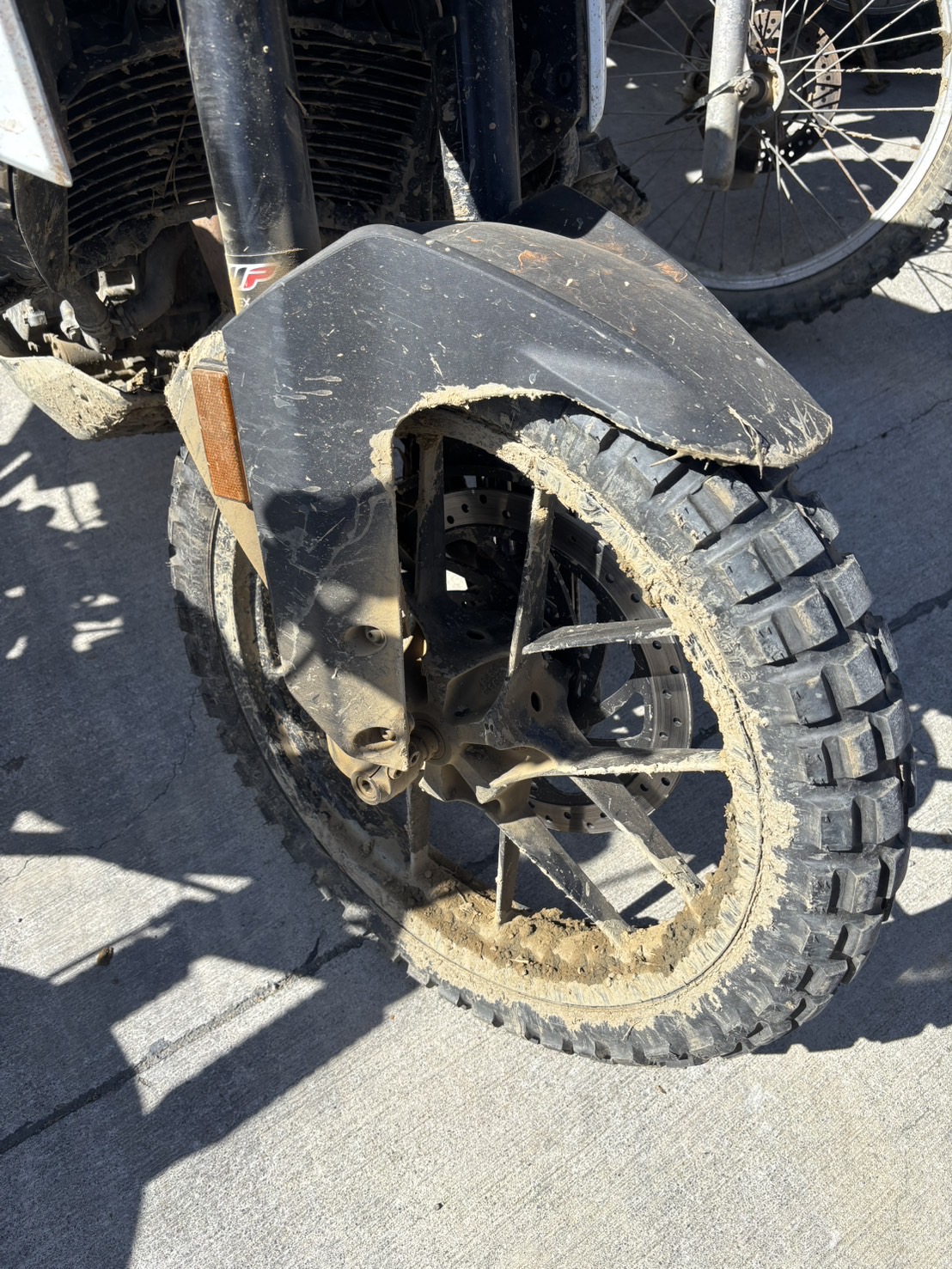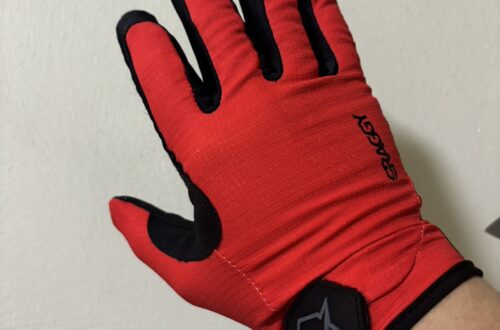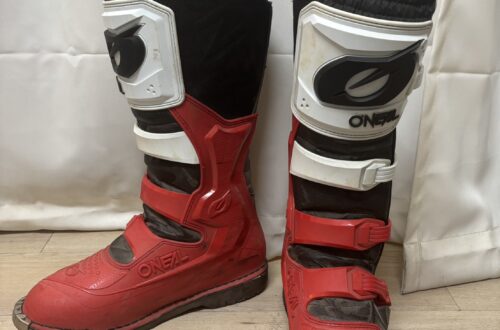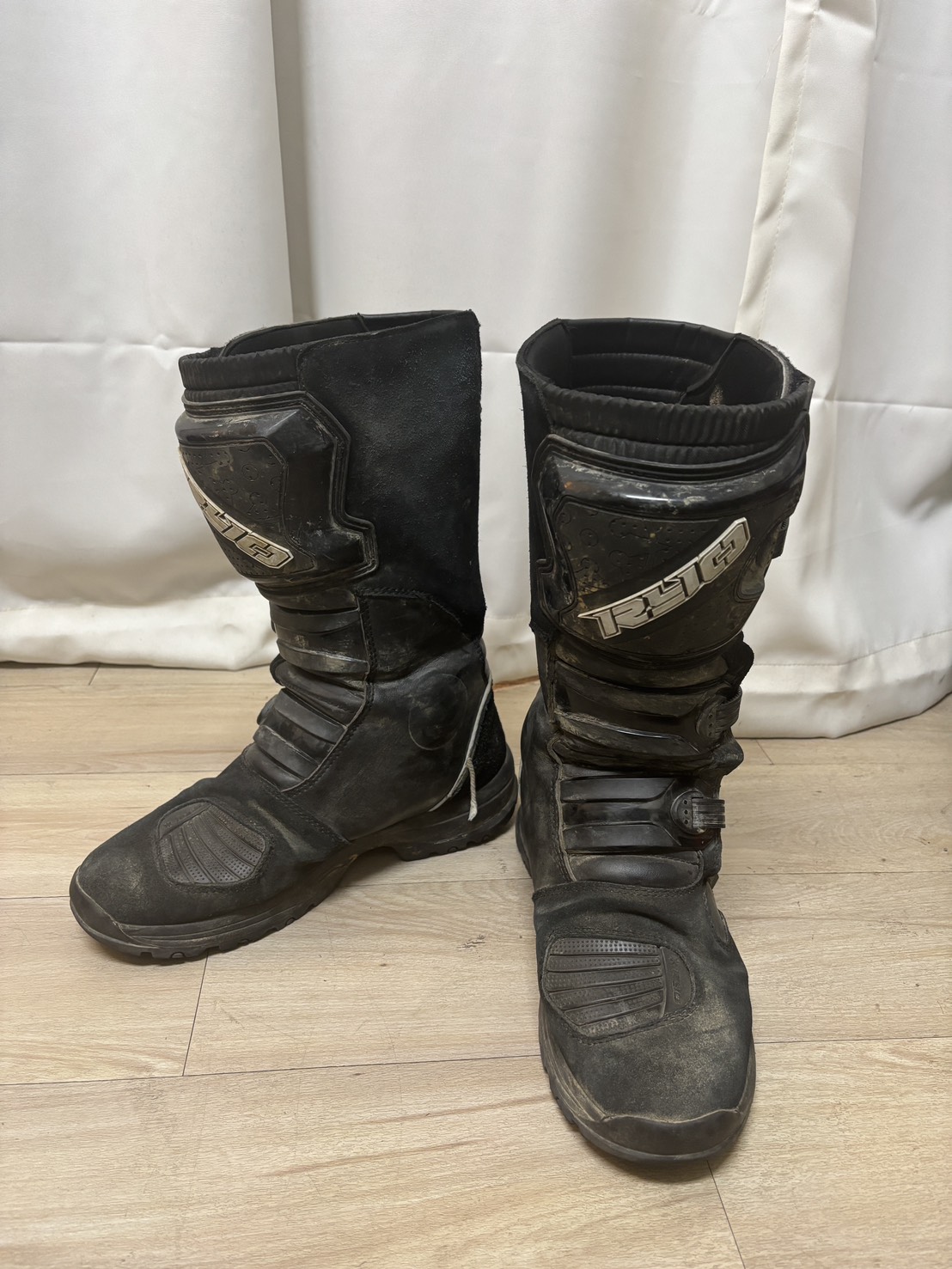
Motorcycle Off-Road Boots: Types & Price Tiers — A Function-First Guide
Why Sort by Features + Price Instead of “MX / Enduro / Adventure”?
In my last post I used “intended use” to classify Off-Road boots and everyone said it felt messy.
Here’s why: One pair can wear three labels at once. Swap a flat sole for a lugged one and Alpinestars suddenly re-badges the same boot from “MX” to “Enduro”. Confusing, right?
A Real-World Example
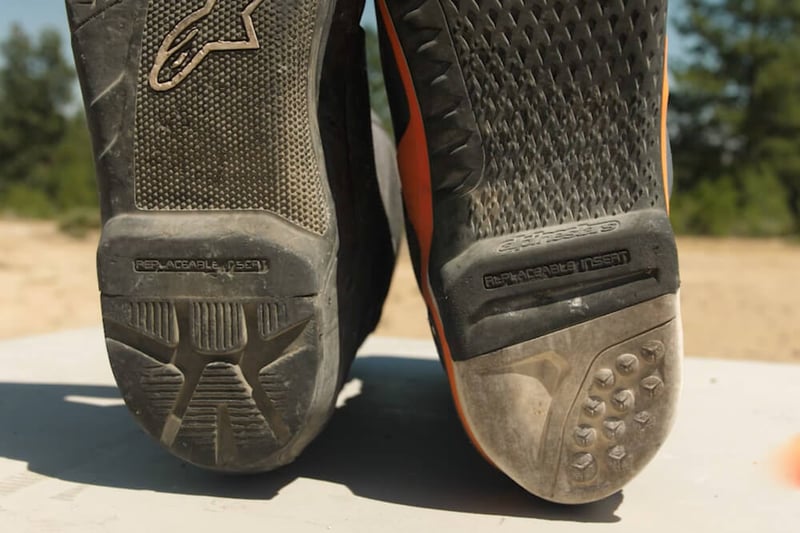
| Model | MX Version (Flat Sole) | Enduro Version (Lugged Sole) |
|---|---|---|
| Alpinestars Tech 10 | Smooth platform, perfect for track starts | Deep lugs for pushing bikes on dirt |
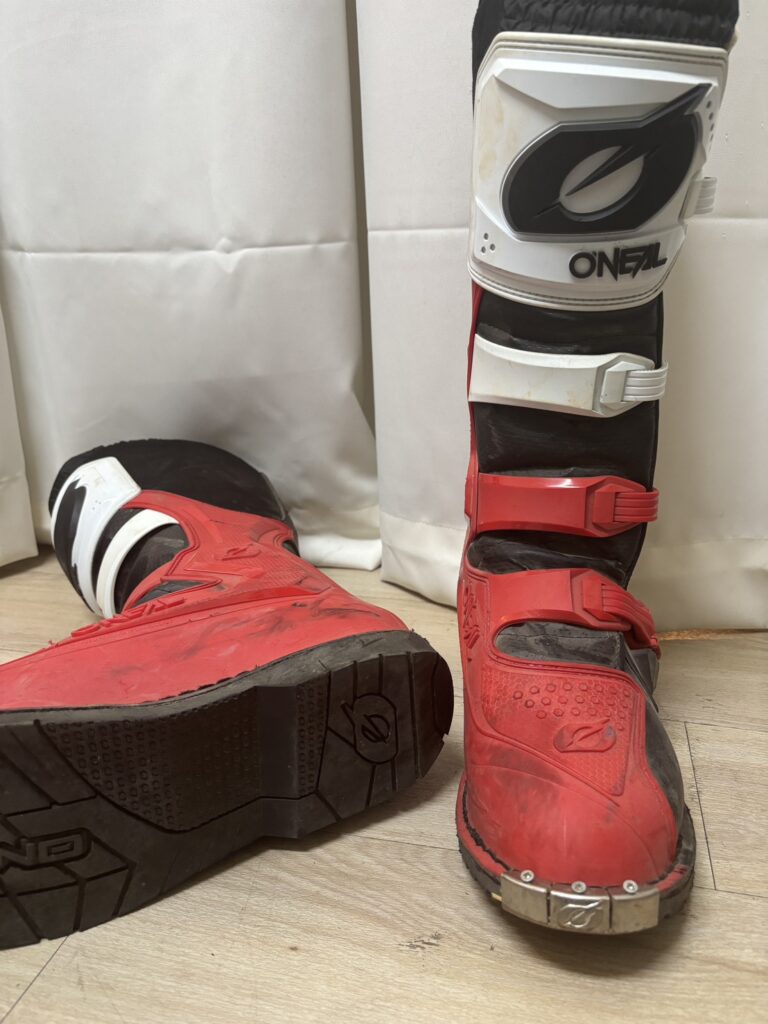
I grabbed a discounted O’Neal Rider Pro that claims both MX and Enduro. The tread is slick as ice—label means nothing.
Three Protection Levels at a Glance
| Tier | Key Construction | Best For |
|---|---|---|
| Entry | No hinge, minimal plastic, soft shaft | Casual dirt riders, tight budgets |
| Mid | Single/dual hinge, more plastic, good flex | Regular trail riders |
| High | Hinge + torsion bar, separate shin plate, replaceable sole/shell | Weekly off-road, race prep |
Rule of thumb: within one brand, jumping from Entry to High easily doubles the price—your money buys real protection.
Three Things to Check Before You Buy
- CE Certification (EN 13634)
- Level 2 > Level 1. An objective safety gauge.
- Outsole Hardness & Replaceability
- Constant pushing or water crossings? Hard, lugged, and replaceable soles pay off.
- Weight vs. Comfort
- More armor = more grams. For long trips, lighter models are worth the extra cash.
Takeaway
Want to dip a toe into off-road riding? Looks are cool, but the hinges, torsion bars, and armor inside the boot are what save your ankle. Decide how hard you’ll ride, pick the right protection tier, and remember: money spent on safety gear is never wasted.
Your turn: Which Off-Road boots are you wearing now? Drop a comment and help the next rider skip the rookie mistakes!
